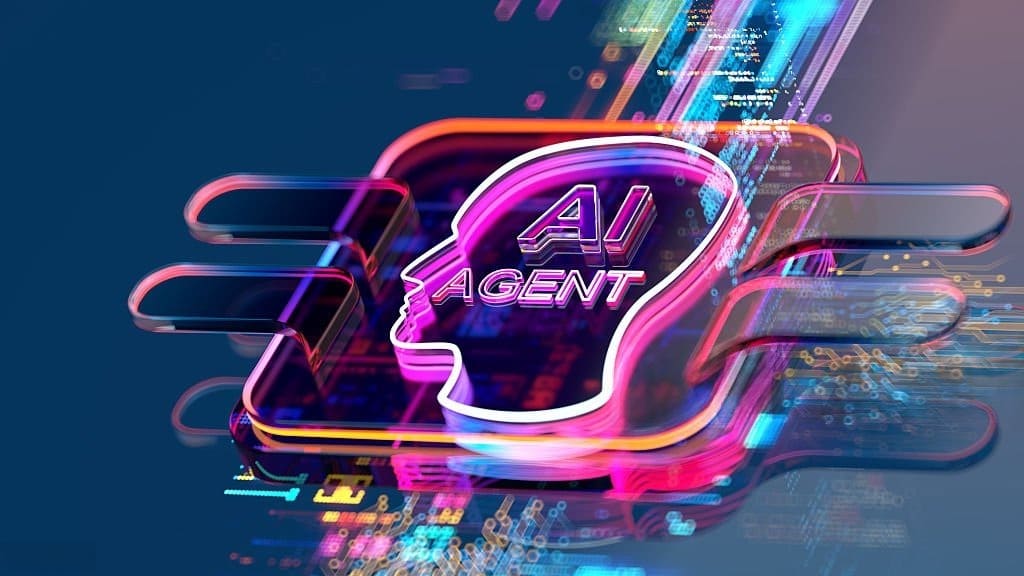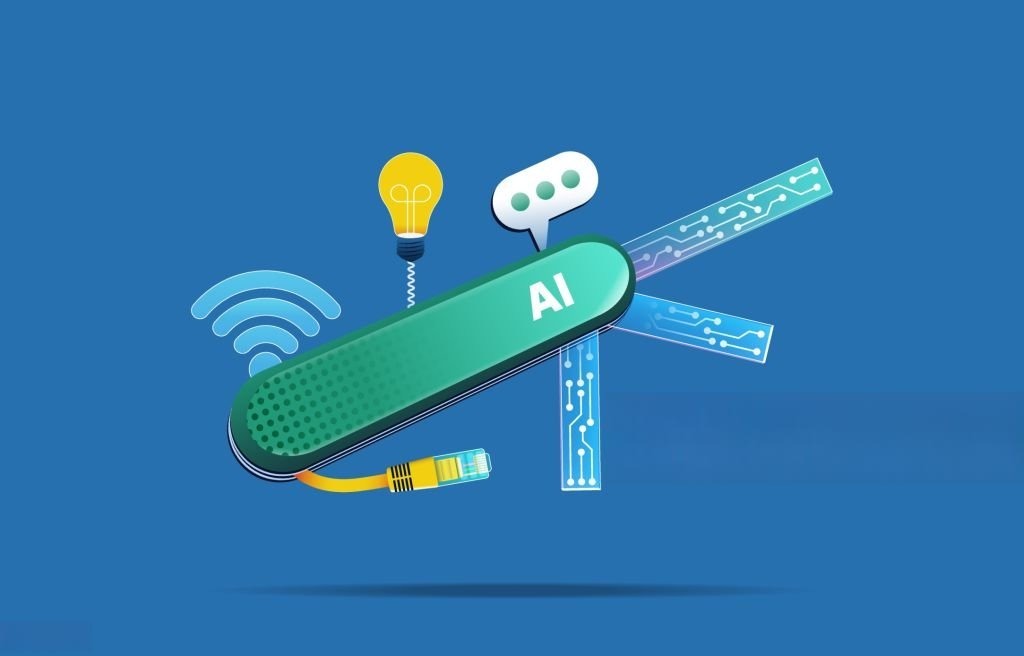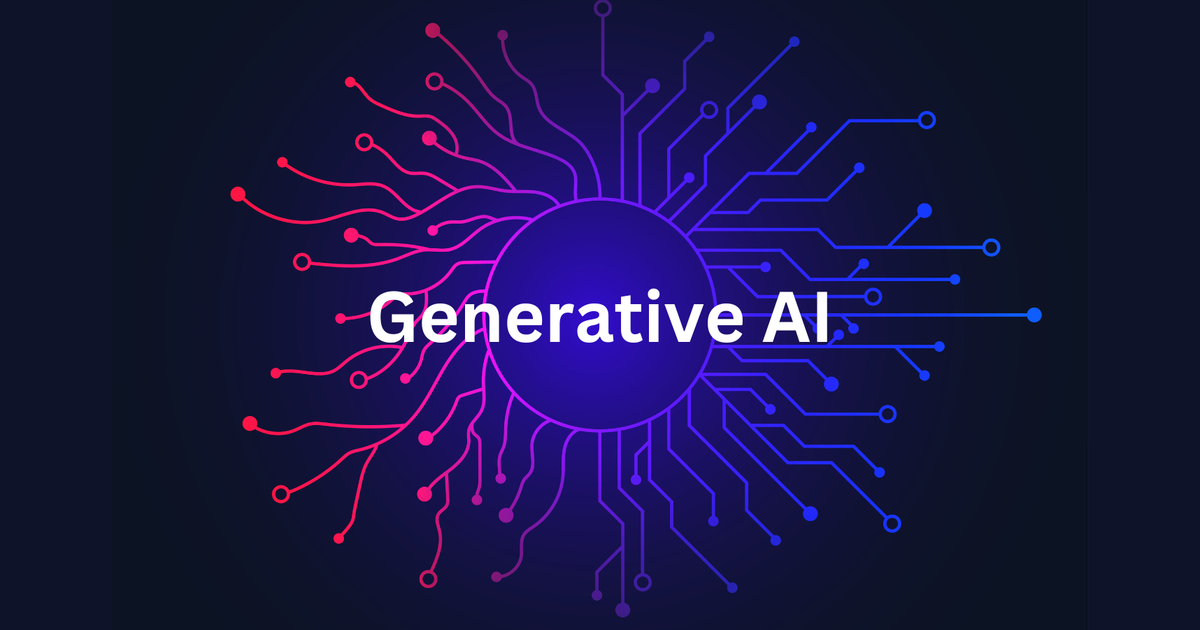At a Glance
- Understand what AI agents are and how they differ from traditional AI/systems.
- Explore the spectrum of agentic behavior: Reactive → Proactive → Adaptive → Cognitive.
- Review the 4 essential building blocks of agentic behavior: memory/learning, contextual awareness, decision-making frameworks, ethics & safety.
- Dive into how modern AI agents reason: via evaluation & planning, tool use, and hybrid approaches.
- Understand the role of AI Governance, Responsible AI, and AI Governance Frameworks in deploying agents safely and ethically.
What Are AI Agents?
An AI Agent is essentially a system that perceives its environment, makes decisions autonomously, and takes actions to achieve specific objectives. Distinct from traditional programs that follow rigid instructions, AI agents can adapt, learn, and understand humanized context using AI models and large language models (LLMs) to analyze information in real time and make informed decisions. They are designed to operate with varying degrees of autonomy, depending on the task requirements. They are capable of dynamic responses that make them invaluable in complex, data-driven environments.
In the rapid adoption of Agentic AI, a significant area of focus is on creating AI agents that don’t just follow pre-set instructions but exhibit agentic behavior—the ability to act autonomously, reason effectively, and adapt to new information. This new generation of AI agents moves beyond automation, bridging the gap between human-like reasoning and machine efficiency.
The Spectrum of Agentic Behavior
The concept of agentic behavior in AI reflects a spectrum of autonomy, from simple task execution to advanced, self-directed decision-making. A framework for agentic behavior categorizes AI agents into four categories by the extent of their autonomy and adaptability:
| Agent Type | Description | Example Use-Case |
| Reactive Agents | Simple stimulus-response systems. No memory of past interactions. | A chatbot answering FAQs. |
| Proactive Agents | Anticipate needs and adjust based on evolving context. | E-commerce agent recommending products ahead of user request. |
| Adaptive Agents | Learn from past interactions and adjust behaviour. | Predictive maintenance AI that learns machine failure patterns. |
| Cognitive Agents | Exhibit advanced reasoning, planning, decision-making, tool-use. | An agent negotiating contracts or performing strategic tasks. |
These levels reflect increasing impact, complexity — and risk. The more autonomous and adaptive an agent, the more crucial the AI governance mechanisms.
4 Important Building Blocks of Agentic Behavior
Creating agentic behavior requires a foundation of interconnected components that enable autonomy and intelligent action. The primary building blocks include:
- Memory and Learning Mechanisms: Memory is essential for any agent aiming to act autonomously. AI agents use short-term memory for immediate tasks and long-term memory to improve interactions over time. Paired with learning mechanisms like reinforcement learning, agents can improve their responses based on past outcomes.
- Contextual Awareness: For AI agents to make informed decisions, they must recognize and interpret the context in which they operate. This includes understanding environment cues, user behaviors, and previous interactions.
- Decision-Making Frameworks: Decision-making is at the core of autonomy. By utilizing frameworks such as heuristic analysis or probabilistic reasoning, AI agents can evaluate multiple courses of action and choose the most effective one. This is especially important in sectors like finance, where decision speed and accuracy directly impact performance.
- Ethics and Safety Protocols: As agentic behavior becomes more advanced, ensuring ethical, safe actions is essential. AI agents must be trained not only on task-oriented data but also on ethical guidelines to prevent biases and ensure fairness.
At Adeptiv.AI, we emphasize balancing these components, focusing on safety and consistency. For instance, we incorporate multi-layered testing in the Adaptive Learning phase to confirm that new behaviors align with desired outcomes without introducing unexpected risks.
Reasoning – How it helps Solving Complex Use-cases
One of the defining aspects of advanced AI agents is their reasoning ability—an ability that allows them to move beyond rule-based decisions and make choices based on an evaluation of various factors. Reasoning enables agents to tackle complex, real-world problems by weighing options, anticipating results, and adjusting their actions dynamically. Let’s explore a few examples of AI Reasoning in Practice:
- Predictive Maintenance in Industry: Through data-driven reasoning, AI agents in manufacturing can analyze machinery data to predict when equipment may fail, allowing for preemptive maintenance and reducing costs.
- Customer Service Optimization: A reasoning AI can resolve ambiguous customer issues by drawing inferences based on limited input. This capability reduces response time and improves user satisfaction.
- Healthcare Diagnostics: In medicine, reasoning agents can analyze a patient’s medical history, symptoms, and diagnostic data to assist in diagnosis, potentially identifying conditions early.
At the core of creating effective AI agents lie two distinct but complementary approaches to reasoning: Reasoning Through Evaluation and Planning and Reasoning Through Tool Use. These approaches serve as the foundation for solving complex problems and enabling AI agents to interact with their environment effectively.
Reasoning: How AI Agents Solve Complex Use-Cases
Modern agents don’t just follow rules; they reason. Two complementary approaches dominate:
1. Reasoning Through Evaluation and Planning
This form of reasoning enables AI agents to approach problems strategically by breaking them into manageable steps. Agents iteratively plan their actions, assess progress, and adjust their methods to ensure the task is successfully completed.
Techniques like Chain-of-Thought (CoT), ReAct, and Prompt Decomposition are pivotal in improving strategic reasoning. These methods empower agents to:
- Break down complex problems into smaller, logical components.
- Analyze intermediate results before proceeding to the next step.
- Iterate until an accurate solution is achieved.
This macro-level reasoning ensures agents don’t just complete tasks but also refine their approach based on ongoing feedback. For instance, OpenAI’s o1 model excels in this domain by leveraging Chain-of-Thought reasoning. The model demonstrates:
- Superior performance on the General Physics Question Answering (GPQA) benchmark, outperforming human PhD-level accuracy in physics, biology, and chemistry.
- Outstanding scores in Codeforces programming contests, ranking in the 86th to 93rd percentile.
Such capabilities make evaluation and planning essential for scenarios requiring in-depth problem-solving and strategic thinking.
2. Reasoning Through Tool Use
Tool-based reasoning focuses on an agent’s ability to interact with its environment by calling and utilizing external tools effectively. Tool-calling helps AI agents access and connect external resources, such as APIs, databases, or other software, to augment their capabilities. This feature enables AI Agents to extend its functionality but involves determining:
- Which tool should be used for a specific task?
- How to structure the tool calls for optimal results.
Agents utilizing Tool Calling can:
- Querying APIs: For example, pulling current weather data or stock prices.
- Executing Code: Running Python scripts or calculations dynamically.
- Accessing Databases: Retrieving or updating records in real time.
- Performing Multi-Step Tasks: Sequencing actions like booking a flight, comparing prices, and making payments.
Unlike evaluation-based reasoning, tool-based reasoning emphasizes the precision of tool calls rather than iterative reflection on their outcomes. Fine-tuned models optimized for tool reasoning can excel in tasks such as multi-turn function calling. For example, the Berkeley Function Calling Leaderboard (BFCL) compares models’ performance on challenging tool-calling benchmarks. The latest BFCL v3 dataset introduces multi-step and multi-turn function-calling tasks, setting new standards for tool reasoning.
Types of AI Agents You Should Know
Here’s a refined categorization tailored to modern applications:
- Simple Reflex Agents — rule-based, no memory, reactive only.
- Model-Based Reflex Agents — hold an internal model, limited memory, more adaptive.
- Goal-Based Agents — have defined goals, plan sequences to reach them.
- Utility-Based Agents — choose actions that maximise a utility function (balance speed, cost, reward).
- Learning Agents — all above plus capability to learn and update their behaviour over time.
These five categories align with IBM’s taxonomy and modern agent design thinking.
Why This Matters: Enterprise Impact & Governance
As organizations deploy agentic AI systems, outcomes hinge on Responsible AI, AI Governance, and structured AI Governance Frameworks. Without these, agents may amplify bias, privacy risk, or automation blind spots.
- AI Governance establishes policies, oversight, and structural processes.
- Responsible AI ensures ethical design — fairness, transparency, accountability, privacy, security.
- Together, they enable companies to deploy agents safely and responsibly, avoiding regulatory, reputational, or operational disasters.
Required Controls for Agentic Systems
Given their autonomy, specialized controls are needed:
- Audit trails & model cards for each agent.
- Memory governance: track what is stored, how used, how forgotten.
- Tool-use monitoring: every tool call is logged, permissioned, secured.
- Drift detection: ensure evolving agents don’t diverge into unethical behaviour.
- Ethics/oversight board: who owns decisions when agents act autonomously?
These controls integrate into your broader AI Governance Framework to ensure production-grade readiness and compliance.
Governance & Ethics in the Age of Agents
Agents heighten governance urgency. Because they can plan, act, learn and change, they blur lines between tool and autonomous decision-maker. Organizations must answer:
- Who is accountable when an agent misbehaves?
- How do we document agent memory/decisions?
- Are we subject to high-risk regulatory classification (e.g., EU AI Act) if the agent influences critical outcomes?
An effective AI Governance Framework addresses these questions by aligning policies, risk assessments, technical safeguards, and compliance evidence.
Practical Application Scenarios
Industrial Predictive Maintenance: An adaptive agent monitors machinery, plans maintenance, orders parts, schedules technicians—all while adapting based on past failures.
Customer Service Optimization: A cognitive agent handles ambiguous requests, uses tool-calls to databases, escalates when human review is needed, learns from feedback.
Healthcare Diagnostics: A reasoning agent — with memory of patient history and access to imaging tools — provides decision support to physicians, while ethical safeguards ensure bias and safety control.
These use-cases demonstrate how agents deliver value — but also why Responsible AI and governance must be baked in.
A few common challenges with Tool-Use or Tool-Calling:
- Resource Allocation and Latency: Every tool called by the AI consumes resources, potentially slowing system performance. In mission-critical applications, tool latency can lead to delayed responses, impacting overall efficiency.
- Maintaining Context and Coherence: Tool-calling can become complex when an agent accesses multiple sources. For example, in real-time financial trading, AI might pull data from various sources, necessitating contextual coherence to prevent conflicting or incorrect actions.
- Autonomy vs. Control: While tool-calling allows for a high level of autonomy, excessive freedom could result in unintended behaviors. Striking a balance between autonomy and control is essential to ensure the agent remains safe and effective.
How to decide the suitable Reasoning:
- Evaluation and Planning: Ideal for solving complex, multi-step problems with a focus on accuracy and strategic thinking.
- Tool Use: Enables agents to perform tasks requiring external resources or actions, such as retrieving real-time data or automating workflows.
- Combined Approaches: When integrated, these reasoning types create highly capable agents capable of solving complex problems while dynamically interacting with their environment.
Our approach to reasoning is to equip agents with both data-driven insights and ethical guidelines, ensuring safe and accurate outputs in sensitive fields.
Conclusion
As AI continues to evolve, so does the potential of autonomous, reasoning-driven AI agents to revolutionize industries. Agentic behavior, from simple task automation to high-level reasoning and tool-calling, represents the future of adaptive, collaborative AI. Developing AI agents capable of reasoning opens up new opportunities for collaboration between AI and human users, especially in complex decision-making scenarios where context matters.
At Adeptiv.AI, we are committed to going the extra mile to go deeper and push the boundaries of agentic behavior to create AI that is not only powerful but also ethical, safe, and purpose-driven. Our rigorous research and multi-layered testing focus on optimizing AI Agents behavior, strategies, and reasoning to perform more complex tasks accurately. Our benchmarks allow us to assess and refine agentic behaviors, ensuring they are reliable and safe before deployment.
FAQs
Q1: Can AI agents replace human decision-makers?
Not entirely. While advanced agents can handle many tasks, human oversight, domain expertise, and accountability remain essential — especially in high-stakes environments.
Q2: What makes an AI agent “cognitive”?
Cognitive agents combine reasoning, planning, memory, tool-use, and learning. They don’t just respond — they anticipate, plan, adapt, and self-improve.
Q3: How does tool-use reasoning differ from planning reasoning?
Planning reasoning breaks tasks into steps and iterates; tool-use reasoning determines which external tools/actions to invoke. Combined, they create powerful agentic workflows.
Q4: What governance risks are unique to AI agents?
Risks include unseen decision logic, memory misuse, drift beyond training, tool misuse/execution, and unclear accountability. Governance must cover these specific dimensions.
Q5: How can my business start adopting AI agents responsibly?
Begin with a clear AI Governance Framework: create agent inventory, classify impact, define ethics policies, embed safeguards, monitor outcomes, and map to compliance standards.
Q6: Do existing standards cover AI agents?
Yes — frameworks like ISO 42001 (AI Management Systems), NIST AI RMF, and regulatory regimes like the EU AI Act apply. But agents may require enhanced governance due to higher autonomy and complexity.



